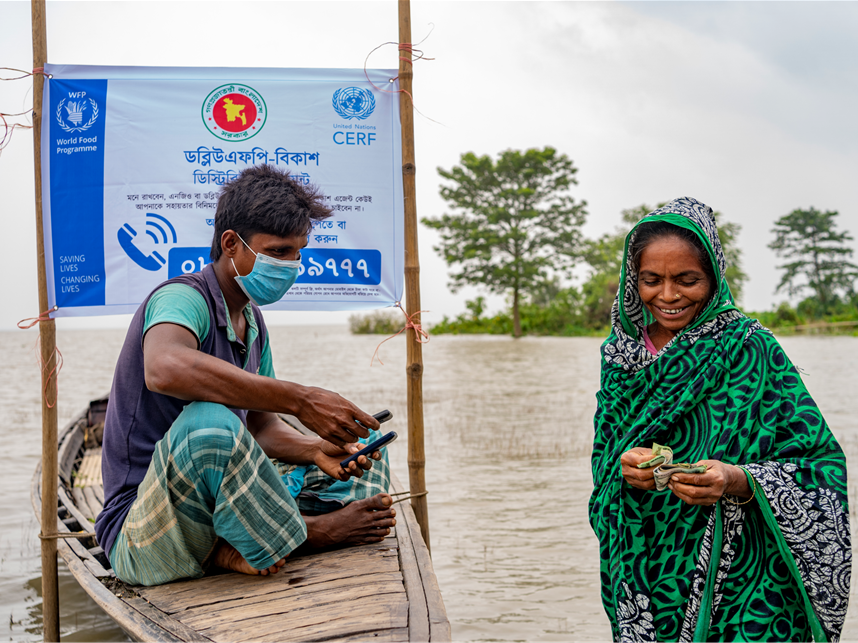Categories
How coordination between the Red Cross Red Crescent and the World Food Programme set the stage for scaling-up in Bangladesh

Interest in anticipatory humanitarian action has increased rapidly over the last eight years. But as the number of organizations working on anticipation continues to grow, it will be increasingly important for actors to align their systems and develop complementary interventions.
A new case study explores how strong collaborations between the Bangladesh Red Crescent Society and the World Food Programme played a pivotal role in advancing anticipatory action at the national level. After a coordinated push by these two organizations and their partners, there has been great progress in scaling up anticipation in Bangladesh. For example, the government has included anticipatory action in its Standing Orders on Disaster, which governs stakeholder coordination during disasters.
The case study also reports that stakeholders in Bangladesh felt sharing data, approaching the government with one voice, and establishing platforms for learning and exchange were essential to the rapid expansion of anticipatory action in Bangladesh.
You can access the case study through the link below, and learn more about anticipatory action in Bangladesh here.
“Anticipatory action is an excellent example of participatory or collaborative disaster management practice… It is a wonderful collaborative effort, and it can also minimize gaps in the field through actions, and of course, with the funding.”
Government representative, Bangladesh
This Anticipation Hub case study explores how effective inter-organizational collaboration can contribute to increasing the scale of anticipatory action.
Read the case study here© WFP/Sayed Asif Mahmud

